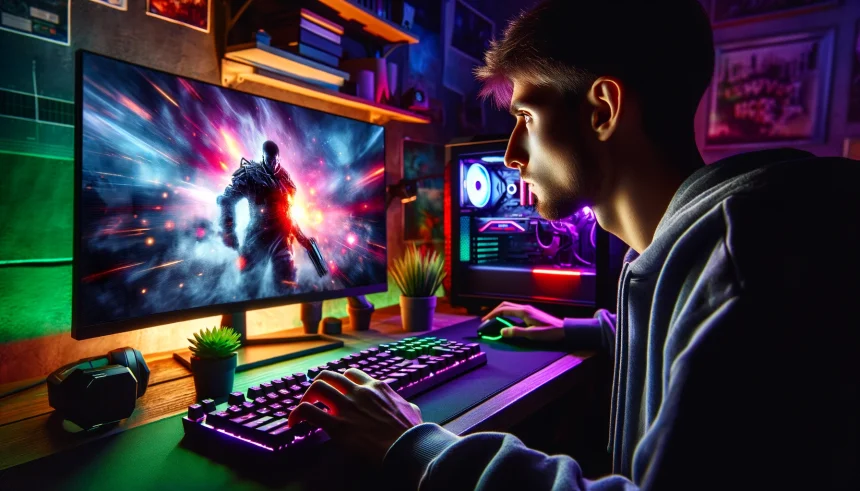Many PC gaming enthusiasts have found themselves unexpectedly concerned as AMD has decided to stop providing support for its Radeon RX 6000 series GPUs. This significant move raises discussions on the balance between technological innovation and long-term device usability. As driver updates directly impact performance and game compatibility, the sudden shift leaves owners of still-popular cards weighing their hardware options sooner than planned. Users who recently invested in these graphics cards now question their future gaming experience and seek alternatives for continued support.
When compared to AMD’s earlier hardware support timelines, this decision departs from typical industry patterns, where graphics cards commonly receive updates for longer periods after release. Previous reports indicated AMD would provide driver support for several years beyond a product’s launch, aligning with community expectations. However, the RX 6000 series, which only debuted a couple of years ago, sees a faster-than-expected transition to legacy status, surprising both users and market observers. This swift cutoff has led to debates over how manufacturers communicate end-of-support schedules to their customers.
Why Did AMD Suspend Updates for RX 6000?
AMD cited internal product planning for the retirement of official support for Radeon RX 6000 series in its latest software update. The company explained that new driver enhancements and game optimization features will now focus on the RX 7000 series and future models. AMD representatives stated,
“Our focus is shifting to supporting the latest GPU architectures to ensure we deliver the best experience possible.”
RX 6000 users will still receive critical security fixes when needed, but performance adjustments and feature rollouts will prioritize newer cards.
How Are Gamers Affected by This Decision?
Many gamers expressed frustration about the shortened support period. Titles releasing in 2024 and beyond may lack optimal compatibility or performance on the RX 6000 series without updated drivers. Social forums and gaming communities quickly reflected concerns, with some users reconsidering future purchases of AMD graphics hardware. An AMD spokesperson responded,
“We understand the feedback and value the dedication of our RX 6000 community.”
This acknowledgment demonstrates awareness of the consumer response, although the policy direction remains unchanged.
Will Legacy Updates Still Cover Security Risks?
AMD confirmed that while feature development ends, basic security updates will still arrive as needed for the RX 6000 lineup. Users can continue to download previous driver versions and access essential security patches. This approach maintains a minimal standard of protection but excludes performance improvements and bug fixes for new software or games. Existing RX 6000 owners are advised to regularly check AMD’s driver page for any critical updates moving forward.
Ending support for a graphics card series just two years after launch represents a significant adjustment for many, particularly given AMD’s prior reputation for supporting older hardware longer than Nvidia. This decision may influence buying choices for PC builders and should prompt potential customers to take longevity into account. When acquiring new hardware, evaluating a brand’s track record for continued updates can be increasingly important. Staying informed on end-of-life schedules helps users avoid unexpected transitions and maximize their investment in gaming equipment.










